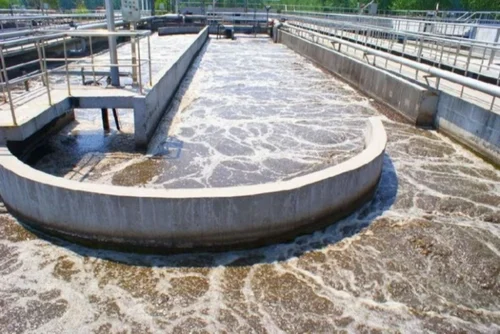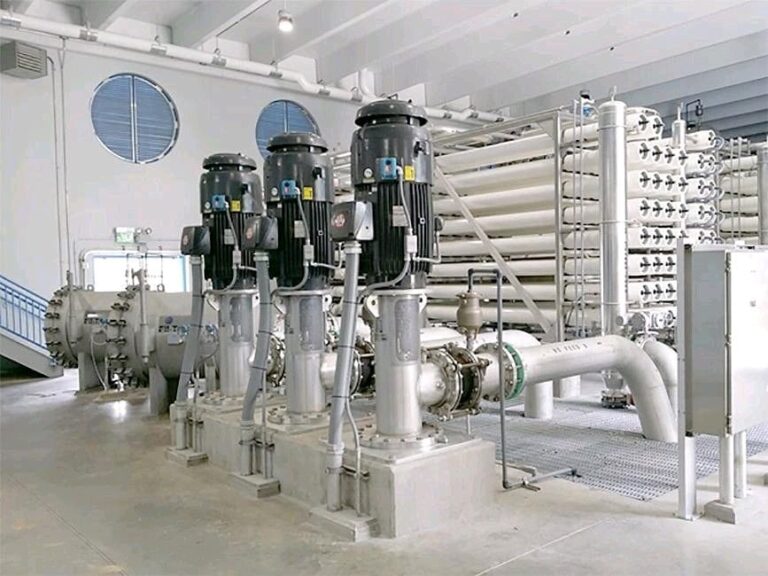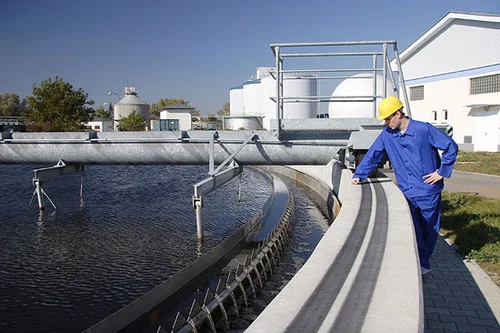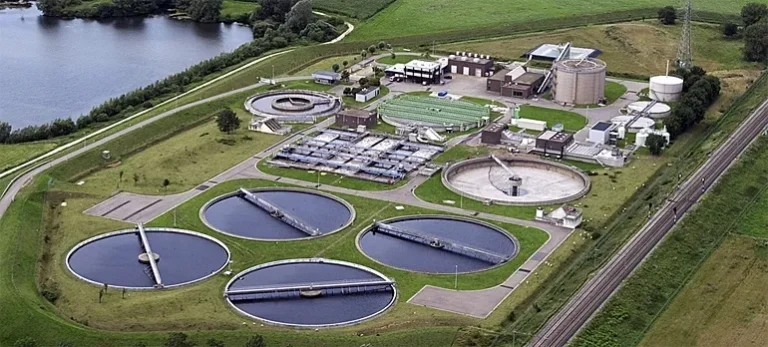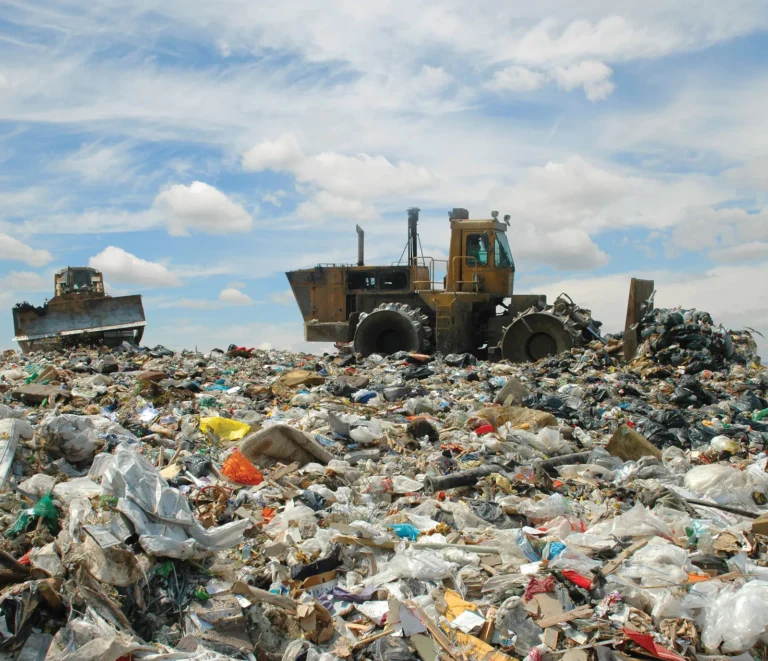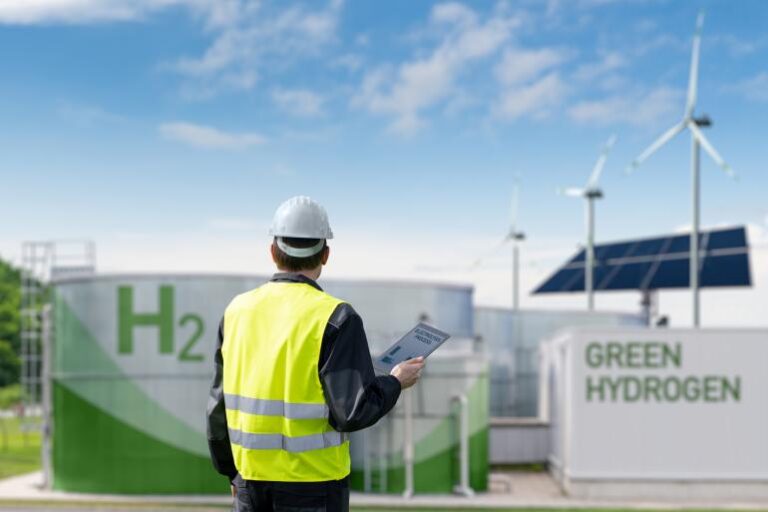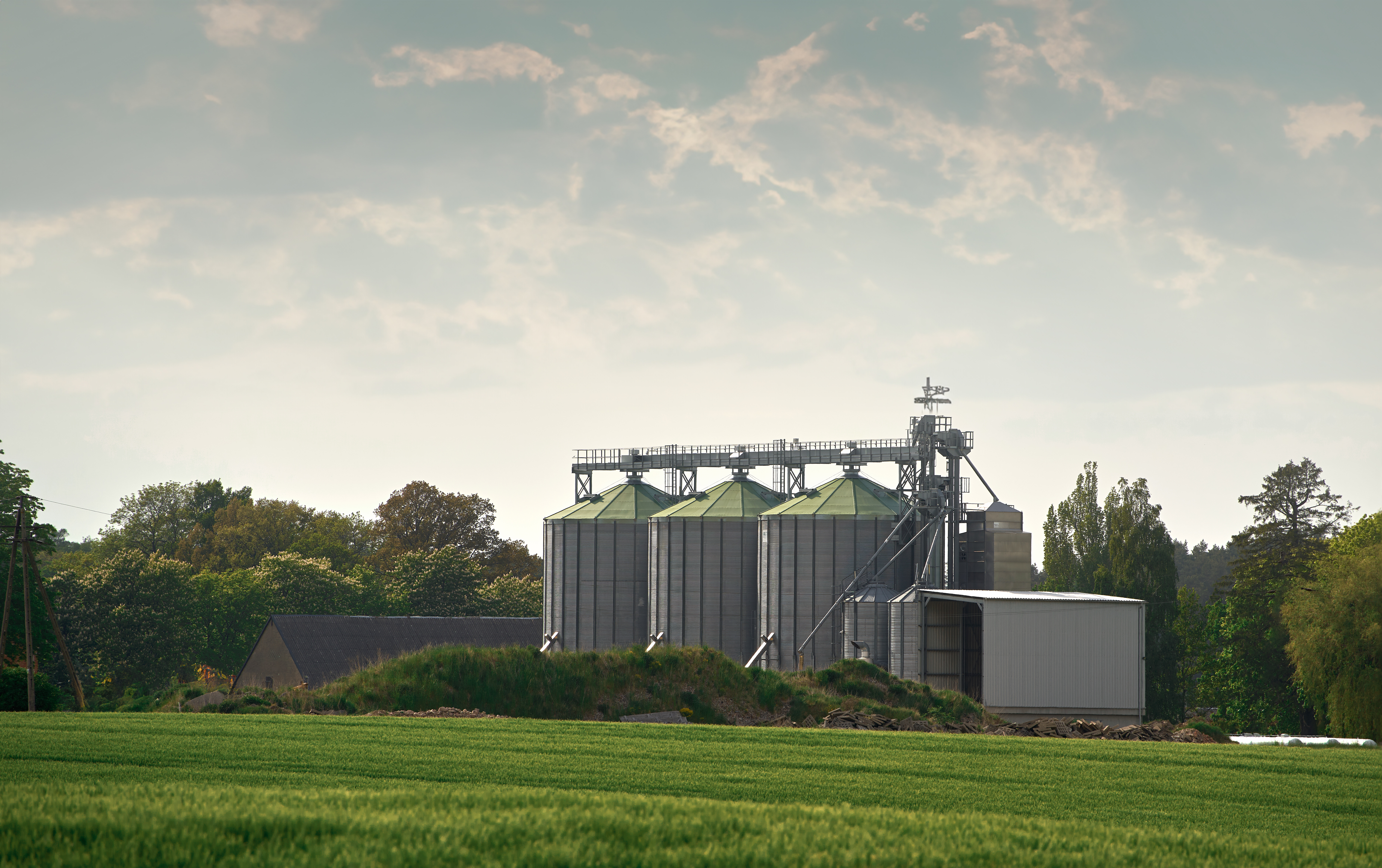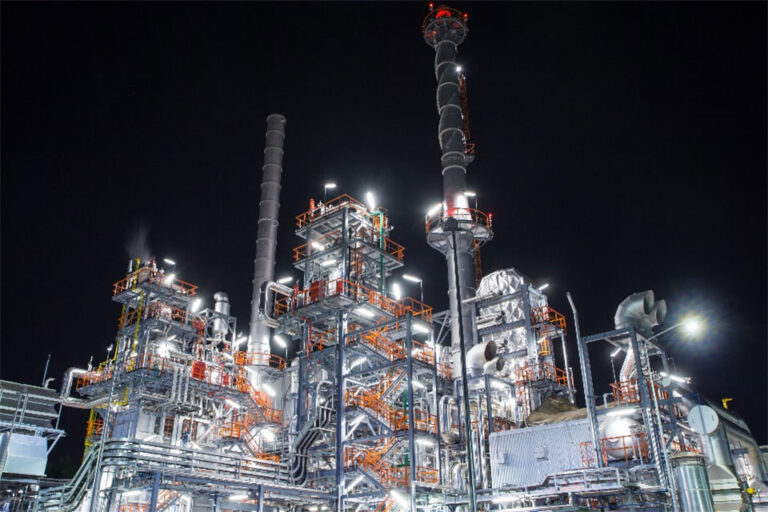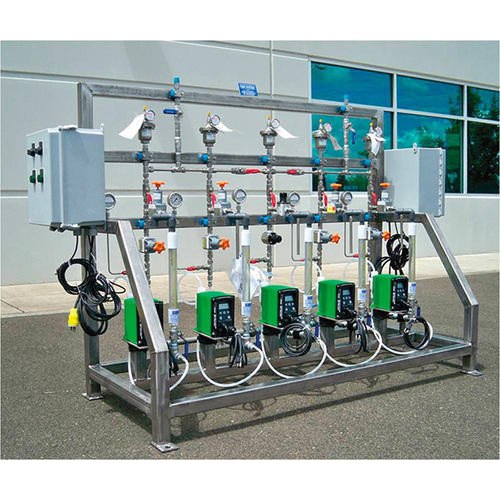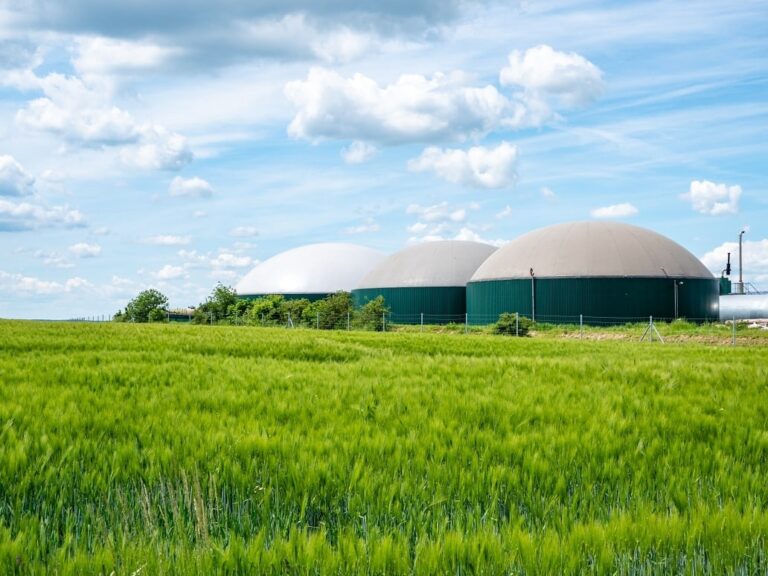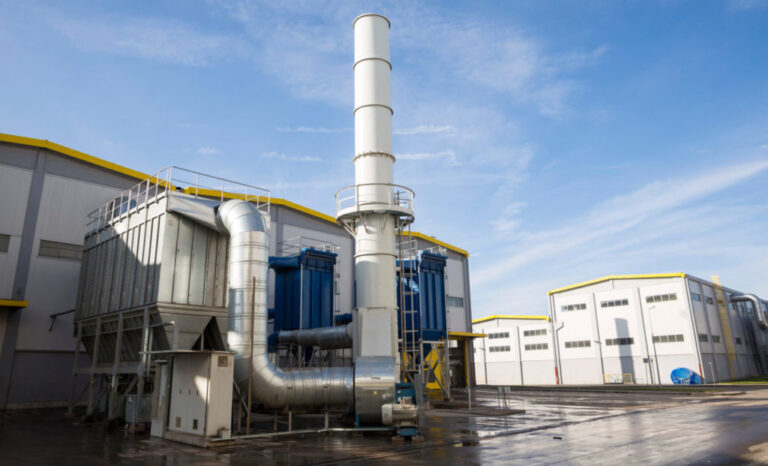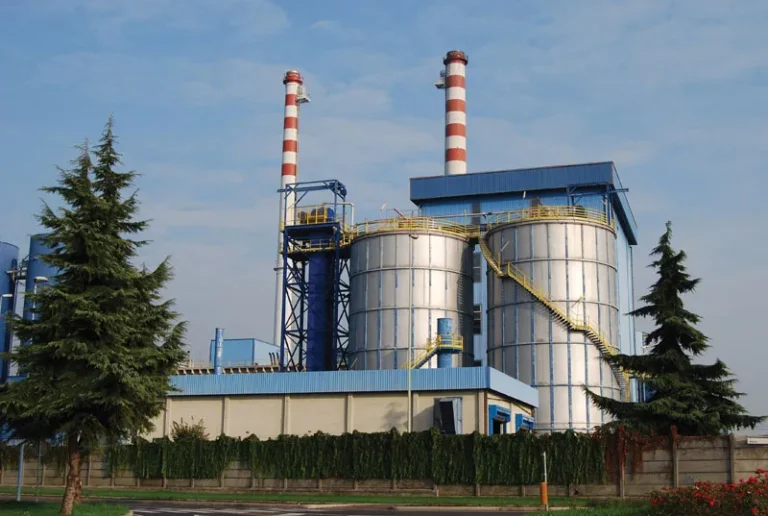MBBR, MBR, SBR and IFAS Reactors
Scalable
Biological Systems
for Reliable
High Performance
Wastewater Treatment
Technology Overview
Biological treatment continues to be the cornerstone of sustainable wastewater treatment, but modern flow variability, tighter discharge limits and limited footprints demand more than conventional activated sludge systems. That’s where MBBR (Moving Bed Biofilm Reactor), MBR (Membrane Bioreactor), SBR (Sequencing Batch Reactor) and IFAS (Integrated Fixed-film Activated Sludge) technologies come in. These advanced biological systems offer modularity, improved load handling and superior effluent quality, making them ideal for both municipal and industrial wastewater applications.
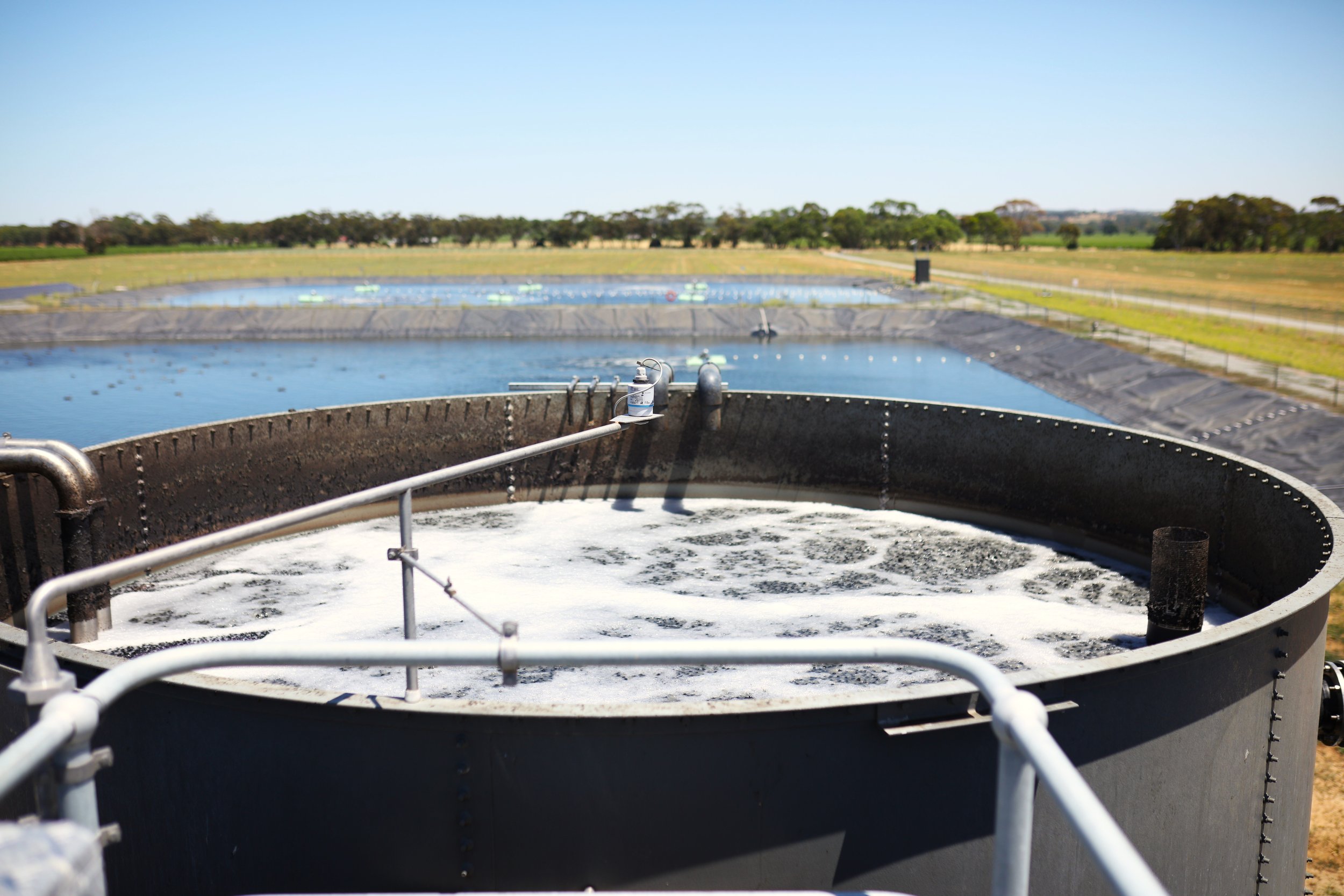
How It Works?
MBBR (Moving Bed Biofilm Reactor)
A hybrid system where microorganisms grow on specially designed bio-carriers in an aeration tank. This biofilm-based approach increases treatment efficiency without requiring more tank volume.
MBR (Membrane Bioreactor)
Combines biological degradation with membrane filtration, eliminating the need for secondary clarifiers. The membrane bioreactor system produces ultra-clear effluent suitable for reuse and even reverse osmosis.
SBR (Sequencing Batch Reactor)
A time-sequenced, fill-and-draw process that allows aeration, settling and decanting in a single reactor. SBR offers energy savings, high nutrient removal and is highly suited to variable load conditions.
IFAS (Integrated Fixed-film Activated Sludge)
Integrates suspended and attached growth processes by adding fixed-film bio-media to conventional aeration tanks, thereby enhancing biomass concentration and treatment capacity.
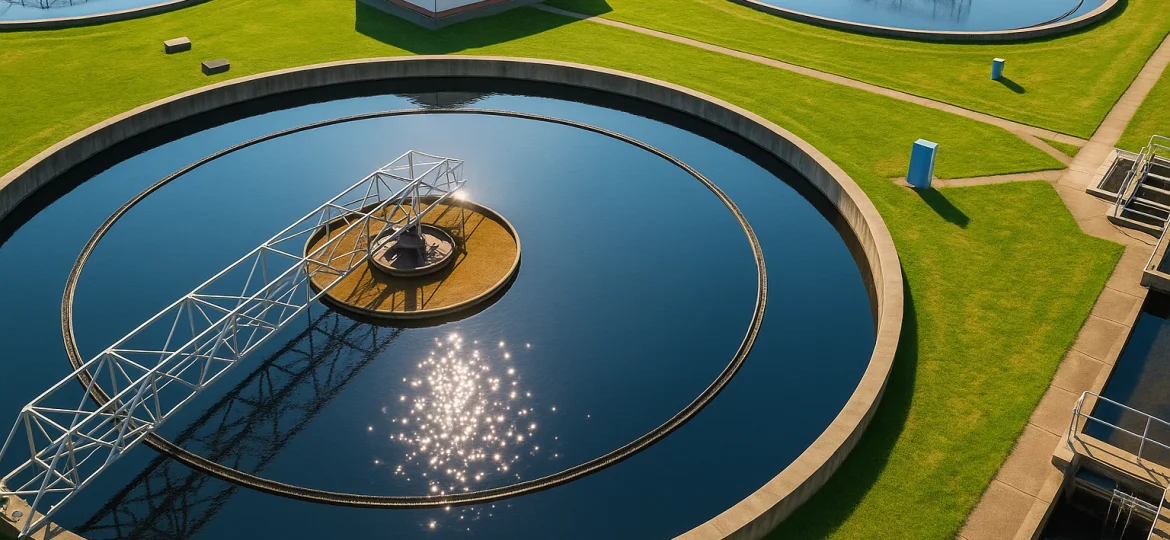
Technology Benefits
High Loading Rate: MBBR and IFAS reactors support higher organic and ammonia loads without increasing footprint.
Superior Effluent Quality: MBR wastewater treatment delivers exceptional TSS, turbidity and BOD removal, ideal for wastewater reuse applications.
Footprint Optimization: Compact membrane bioreactor systems are designed for space-constrained installations.
Process Flexibility: SBR sewage treatment plants are ideal for flow variability and nutrient removal.
Retrofit Friendly: IFAS and MBBR systems can upgrade existing plants with minimal civil modification and minimal incremental footprint requirement.
Where It Works Best?
- Municipal Sewage Treatment Plants (SBR and MBBR applications)
- Pharmaceutical and Chemical Manufacturing
- Food and Beverage Processing Units
- Sugar and Distilleries
- Pulp and Paper plants
- Industrial Parks and SEZs
- Residential and commercial buildings with decentralized systems
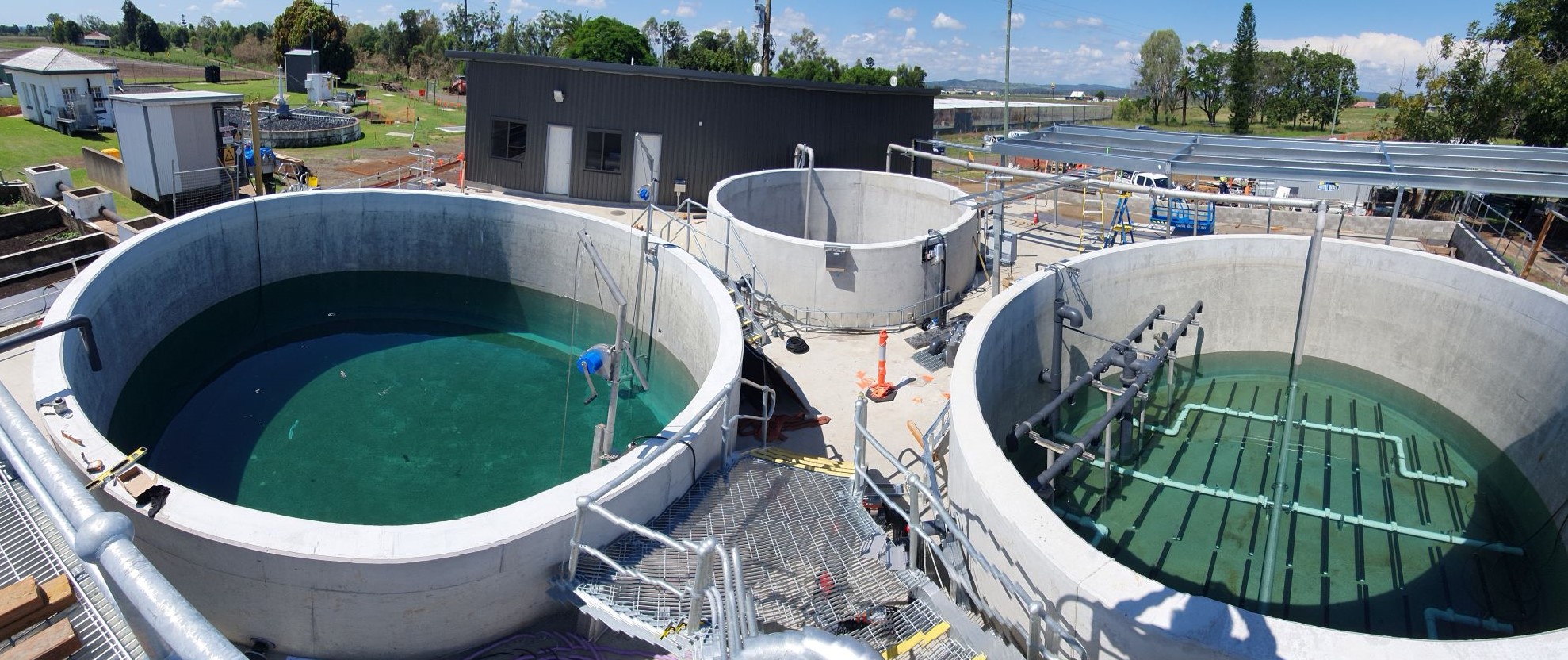
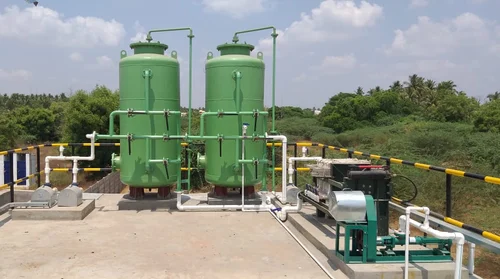
Integration With Other Technologies
- Tertiary Treatment (UV, ozone, ultrafiltration)
- Sludge Dewatering Systems
- Smart Monitoring (SCADA integration for operational insight)
- Chemical Dosing and pH Correction Systems
Why Choose WOG Technologies Limited?
Deep experience across biological wastewater treatment systems worldwide.
Customized designs based on influent profile, reuse potential and load variability.
Proven track record in delivering membrane bioreactor system retrofits and new builds.
Integrated support: design, build, operate, maintain
In-house SCADA integration for real-time monitoring and control
Future-ready Biological Treatment Starts Here
Explore how WOG Technologies Limited can help you to implement scalable, efficient biological systems tailored to your wastewater profile and regulatory goals.
FAQs
MBBR increases biological treatment capacity using biofilm carriers, which enables high COD / BOD removal within a smaller footprint. It also reduces sludge generation and simplifies process control.
MBRs combine biological treatment with ultrafiltration, producing high-quality effluent that meets reuse and reverse osmosis feed standards without needing tertiary clarification.
Yes. Our automated SBR systems are batch-operated, making them ideal for installations where influent volumes fluctuate, such as seasonal resorts or industrial facilities with variable production.
Absolutely. IFAS can be retrofitted into existing aeration tanks by introducing bio-media, boosting capacity and efficiency without expanding plant area.
We assess your influent characteristics, flow patterns, site constraints and compliance targets to design a tailored biological treatment solution that meets both performance and lifecycle cost objectives.

